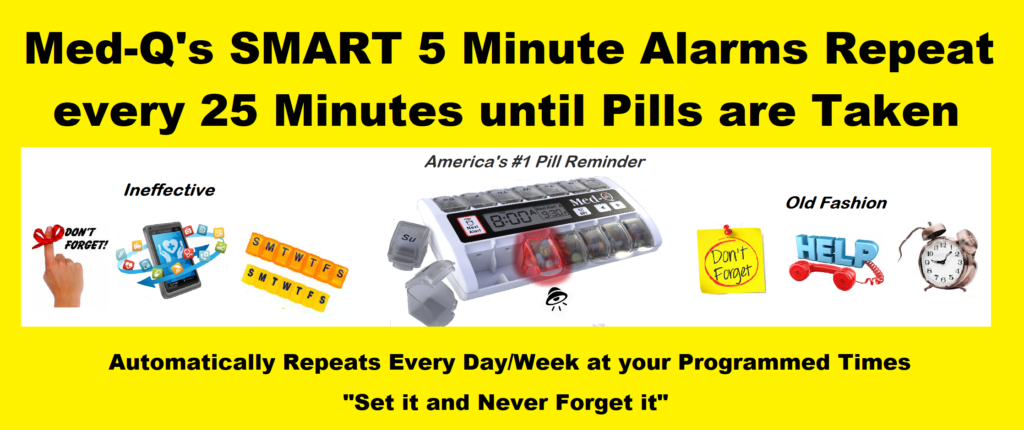
What is the definition of Opioids
Why People Are Addicted to Opioids. In the hospital, opioids are always stored under lock and key. Furthermore, they will only be distributes by trained health care professionals. Hence, people who are getting opioids at the hospital are closely monitored. First, for negative side effects. Second, for the possibility of addiction. Third of all, there is no similar types of control once the patient returns home. To sum up, patient safety may be compromised.

Opioids are pain-relieving drugs. For example, codeine, fentanyl, hydrocodone, hydromorphone, methadone and morphine. The most common is called oxycodone. Health Care Professionals will often prescribe them for treating moderate to severe pain. Doctors will issue a warning when taking them. The reason, their highly addictive nature. To illustrate, patients may start abusing them without even realizing it is happening. Understanding what opioids are is vital in order to potentially diagnose opioid addiction or abuse.
Opioid addiction is now a big epidemic in our United States.
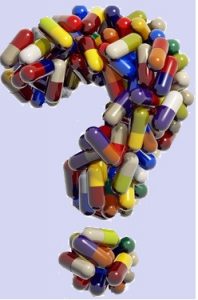 First of all, more than 2.2 million people are currently battling opioid addiction. This being said, the numbers are not showing any signs of a slow down. In fact, opioid prescriptions increased 400% between 2000 and 2015. As a result, prescription opioids are now widely available. Furthermore, they are easy to get. In short, it as no surprise that the U.S. is facing an worsening opioid crisis..
First of all, more than 2.2 million people are currently battling opioid addiction. This being said, the numbers are not showing any signs of a slow down. In fact, opioid prescriptions increased 400% between 2000 and 2015. As a result, prescription opioids are now widely available. Furthermore, they are easy to get. In short, it as no surprise that the U.S. is facing an worsening opioid crisis..
The question, how can individuals and family members diagnose opioid addiction. Trying to Diagnose Opioid addiction can involve many factors. The goal, close observation of signs, symptoms, behavioral changes. In addition, look for health-related crises. This guide is intended to be informational. If you are considering help for you or your loved one, please consult a medical professional or licensed treatment facility.
- For many a Pill Dispenser will provide a solution
- First a good pill dispenser will help with enforcement
- Second a smart pill dispenser will prevent opioid overdoing with locks
- Third, an organized timely system to prevent overdosing
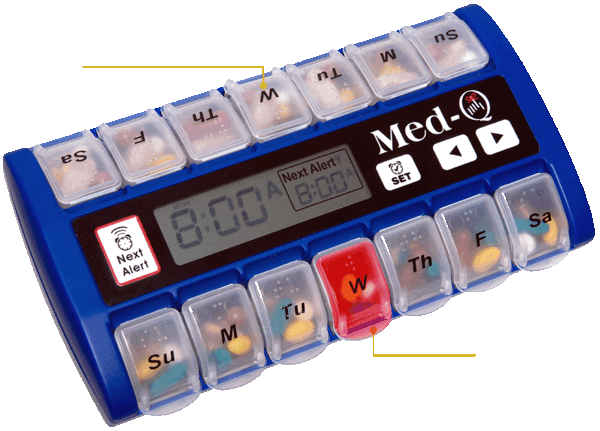
Hence, a smart pill reminder with alarms like the Med-Q Smart Medication reminder. In conclusion, using a simple Med-Q smart pill reminder with alarm and timer to the rescue.
Flashing LITE-BOX GUIDES Loved Ones to The Right Pills
When is a Pill Reminder with locks need? Opioid addiction is at a record high. Fist, over 50,000 people OD’ed in 2016. Second, the problem is universal. Third, the addictions trends are the same among men and women. Fourth, the same applies for race and income level. To sum up, what can be done to stop this scourge? Is a smart pill reminder with locks the answer?
Signs and Symptoms of Opioid Abuse
When attempting to diagnose opioid addiction, the signs and symptoms of opioid abuse can vary from individual to individual. That is because a lot of factors are at stake when a person begins abusing the drug, such as the type of opioid, the period during which the patient abused it, and the person’s overall mental and physical health state. However, there are a few symptoms that can be obvious signs when trying to diagnose opioid addiction or abuse.
Behavioral Symptoms
- First of all, look fo Physical Symptoms
- Second of all, you will see some levels of Cognitive Symptoms
- Finally, look for degrees of Psychosocial Symptoms
Opioid abuse can have a big range of negative effects that include:
- First of all, raised chance for suicidal tendencies or a suicide attempt
- Impaired vision
- Decreased gastrointestinal activity and appetite
- Anoxia
- Dry mouth and nose
- Marks on veins, for users that inject the drug
- Big problems with family, friends as well as personal relationships
- Financial instability
- Legal problems from opioid drug-related crimes
- Work or school-related issues
Apart from the effects mentioned above, users also struggle with mental health issues. Here are a few of the most common co-occurring disorders in conjunction with opioid abuse. Consider these factors when you consult a professional to diagnose opioid addiction or abuse:
- Major depressive disorder and persistent depressive disorder
- Stimulant use disorder, alcohol use disorder, and other substance use disorder
- Post Traumatic stress disorder (PTSD)
When do you need a locking pill dispenser
- For many a Pill Dispenser will provide a solution
- First a good pill dispenser will help with enforcement
- Second a smart pill dispenser will prevent opioid overdoing with locks
- Third, an organized timely system to prevent overdosing

Hence, a smart pill reminder with alarms like the Med-Q Smart Medication reminder. In conclusion, using a simple Med-Q smart pill reminder with alarm and timer to the rescue.
Flashing LITE-BOX GUIDES Loved Ones to The Right Pills
When is a Pill Reminder with locks need? Opioid addiction is at a record high. Fist, over 50,000 people OD’ed in 2016. Second, the problem is universal. Third, the addictions trends are the same among men and women. Fourth, the same applies for race and income level. To sum up, what can be done to stop this scourge? Is a smart pill reminder with locks the answer?
Signs and Symptoms of Opioid Abuse
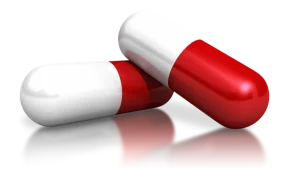
When attempting to diagnose opioid addiction, the signs and symptoms of opioid abuse can vary from individual to individual. That is because a lot of factors are at stake when a person begins abusing the drug, such as the type of opioid, the period during which the patient abused it, and the person’s overall mental and physical health state. However, there are a few symptoms that can be obvious signs when trying to diagnose opioid addiction or abuse.
Behavioral Symptoms
- First of all, look for Physical Symptoms
- Second of all, you will see some levels of Cognitive Symptoms
- Finally, look fio degrees of Psychosocial Symptoms
Opioid abuse can have a big range of negative effects that include:
- First of all, raised chance for suicidal tendencies or a suicide attempt
- Impaired vision
- Decreased gastrointestinal activity and appetite
- Anoxia
- Dry mouth and nose
- Marks on veins, for users that inject the drug
- Big problems with family, friends as well as personal relationships
- Financial instability
- Legal problems from opioid drug-related crimes
- Work or school-related issues
Apart from the effects mentioned above, users also struggle with mental health issues. Here are a few of the most common co-occurring disorders in conjunction with opioid abuse. Consider these factors when you consult a professional to diagnose opioid addiction or abuse:
- Major depressive disorder and persistent depressive disorder
- Stimulant use disorder, alcohol use disorder, and other substance use disorder
- Post Traumatic stress disorder (PTSD)


Amazon Reviews of the MED-Q Digital Pill Box
Amazon Reviews of the MED-Q Digital
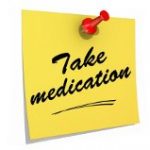
medication mistakes
85% of Seniors make medication mistakes
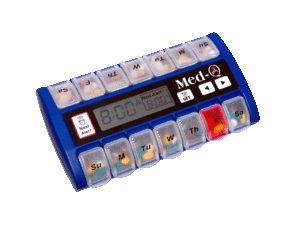

Dementia Medication management
Dementia Medication management – the missing

Genetic Factor That Fends Off Alzheimer’s
A massive study of medical and
